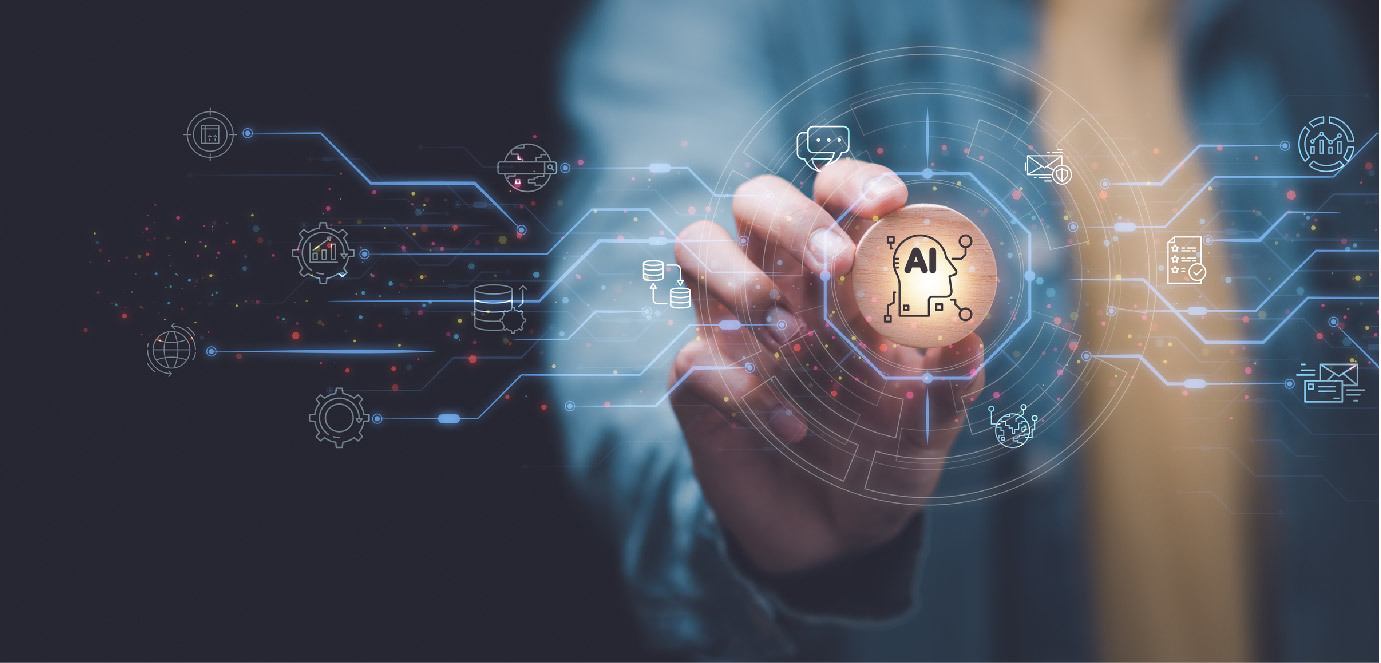
“AI marks the new ‘Industrial Revolution’ in human intelligence – automatic or augmented. GenAI changes computing from data retrieval to data generation.” -Rafa Baca, Attorney
Rafa Baca is currently ABA, American Bar Association, National Chair of both the Artificial Intelligence & Big Data Committees. He is a national speaker, thought leader, and recognized authority in AI software, and law. These are his key takeaways from the groundbreaking NVIDIA GTC conference in Silicon Valley (San Jose).
Regulating AI
In terms of regulating AI, there was a call for new polices and methodologies to measure risk and harm as well as a need to comprehensively understand what might be the immediate risks for AI systems.
The AI RMF seems to be one of the first credible blueprints for mapping AI systems to regulatory considerations. This year regulators are diligently looking for mechanisms to build trustworthiness for developers that build AI systems as well.
NIMs
At NVIDIA GTC I learned about an amazing new tool for developers, NVIDIA Inference Microservice or NIMs. NIMS will help save developer deployment times, from what would have been weeks to now just minutes!!
A modular model comes with pretrained data that is packaged and optimized by either opensource or proprietary data. Through an API interface or perhaps one day through a proprietary omniverse or “metaverse” interface, you confer with this NIM to work on your systems for design and engineering or for any desired outcome.
GenAI and Digital Twins
In the past, computers were about content retrieval. Under the new paradigm, computing is about content (token) generation or generative intelligence. In other words, new GenAI factories will be responsible for generating intelligence in the form of text, images, video, audio, and speech.
In this sense, a user interacts with a GenAI interface or “copilot” like chatbot or “digital twin” environment to create some useful outcome from this interaction with the desired Large Language Model LLM having a characteristic Transformer architecture. From the received input, the GenAI chops up the information into tokens and embeds these tokens into mathematical space for analysis by the LLM accordingly.
One very cool example is NASA’s Earth Digital Twin that is a digital replica of our planet used for super detailed weather and climate simulations.
Omniverse
GenAI is rapidly moving toward also using the metaverse (called the “Omniverse” in an NVIDIA environment) as an alternative human interface to chatbots, A popular example of such interplay is that of digital twins, especially for building, manufacturing, logistics and healthcare.
“For example, a digital twin may be a full digital mockup of a bridge-building project set first within a simulated real-world construction project. Such projects save time and money by addressing project trouble spots in the digital twin before addressing the same in the real-world bridge.
RAG Models
Given that GenAI systems are playing a major role in the development of digital twin or metaverse business applications, there is a growing need for quality synthetic data for real world simulation. Presently, there is a desire to improve the quality of data created where technical and business (legal) teams at this time often manually clean, reduce dependencies, and apply standardizations to deploy faster. NVIDA GTC showcased the use of RAG, Retrieval Augmented Generation, models to develop high quality synthetic data. Furthermore, RAG models allow for the application of AI models to customer data that would otherwise be considered sensitive data.
Specifically, RAG model bootstrapping of synthetic data can be applied where real data is either scarce or sensitive. RAGs also helps immensely with domain-specific datasets by enhancing the overall quality of interacting with the given AI model. For example, applying culturally and ethically sensitive synthetic dataset to a RAG would yield more equitable interactions by people with the AI using such an application.
Seamless Text to Programming
At the NVIDIA conference, a speaker stated that given the rapid progress of GenAI, ‘we are technologically about two years way from (seamless) text to programming.’ As a python developer and attorney, this is not anything that I could have imaged while pair programming in the recent past! Sure, currently #GenAI has brought several very fine code generators to market, but they are prone to error and need traditional developers to champion the way to the finish line. Better prompt engineering and AI models will mostly make text to programming an epic game-changer in the months ahead.
Seamless text to programming will mean that anyone with a creative vision could effortlessly use a tool to make things work by generating the appropriate software code. This impact on society will be positive and negative in that the digital cybersecurity threat landscape would inherently increase too. Surefire cybersecurity techniques as well as understanding the regulatory concerns of such digital data that fuel the AI will help businesses prepare for this transition.”
 Cardinal News
Cardinal News